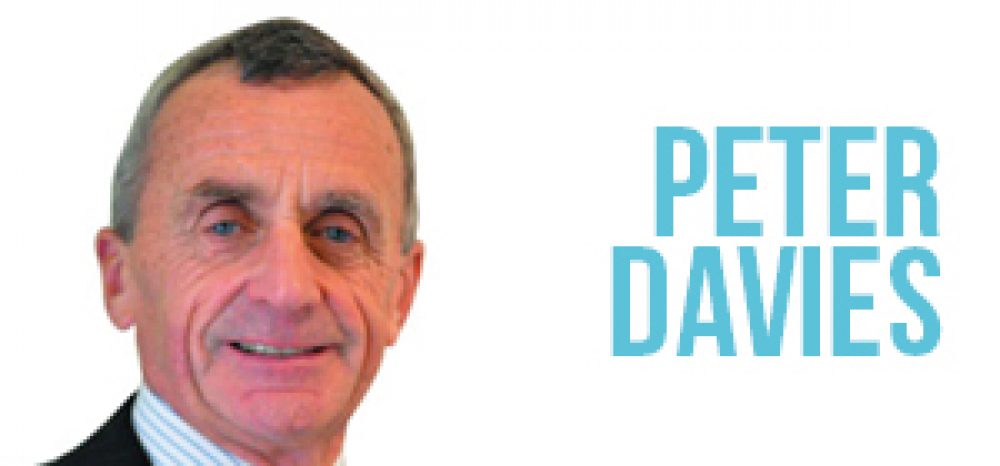After a lukewarm reception, the guild project seems to be picking up steam. As the consultation period begins and the guild’s future hangs in the balance, Peter Davies reflects on how far they’ve come and how far they still have to go.
It has been a hectic 11 weeks since the launch of the guild project and my start on November 21.
At that stage there was a general idea of the possible role, covering teaching and learning, leadership and governance and related professional skills.
But exactly what this meant, how it could be achieved and how it could add value was still pretty vague.
We were not even sure if the sector really supported the concept. That was partly why we immediately set up an online survey, which was really well supported with 404 responses, but more importantly showed 50 per cent of respondents supported the concept and only 8 per cent did not, with the rest being neutral pending more understanding.
Even more encouragingly, 69 per cent felt that if set up well, the guild could add value to the sector — a better level of support than many expected.
There were also some good indicators about specific roles with 87 per cent support for including qualifications and standards, even if that is a bit obvious.
Equally, together with feedback from focus groups, it became evident that we needed, with the sector, to identify much more clearly what the guild’s potential role and value might be.
If the stats are anything to go by, I think we certainly generated wide interest, with 2,700 blog views and 2,000 website visits, viewing over 6,600 pages.
Based on project papers, we had very positive steering group discussions, settling on some top level aims around ensuring the best possible learner experience and outcomes; enhancing the reputation of the sector; articulating provider best practice for the workforce; and making the sector an attractive place to work.
We then postulated that “the most important enabler for the achievement of these high level aims is to have a professional, motivated, respected and highly effective workforce… underpinned by effective governance and accountability.”
Defining the key aims allowed us to focus on the main areas of relevance supporting professionalism, which I hope people will identify with when they read the consultation document.
I hope I am not deluding myself in thinking that there has been an increasing level of enthusiasm for the guild”
It suggests that the guild might be responsible for qualifications and standards, continuous professional development and networks of professionals, underpinned by research and sharing best practice, definition of the wider personal qualities and characteristics associated with professionalism, definition of the attributes required for a world class workforce, and understanding of how a professional workforce contributes to overall sector reputation.
We also proposed options for governance, accountability and operational structures, which align with being ‘sector owned’, a premise supported by 86 per cent in the survey.
This is not just about legal niceties, but also finding mechanisms to ensure that the sector really can decide what the priorities are for the guild, both strategically and operationally.
In recognition of the resource pressures being felt across the sector, we have also suggested adopting a lean operational model, which relies much more on working with and through other bodies, as well as sector supported, committee structures to ‘run’ the show.
With the pressure on people’s time, I don’t underestimate the challenge, but equally I hope the proposed structure really does empower the sector to take charge of this very important part of our business and engender a real commitment to be involved.
Personally, I hope I am not deluding myself in thinking that there has been an increasing level of enthusiasm for the guild as people understand more about its potential.
We know that we have a shorter consultation period than is ideal, but our commitment to full consultation remains and I am really looking forward to hearing people’s views on the proposals in the consultation document, which we need to help define the implementation plan due at the end of March.
Interested parties have until February 22 to return views on the document, which is available for download at www.feguild.info together with the response form.
Peter Davies CBE, FE Guild Development Project lead









Your thoughts